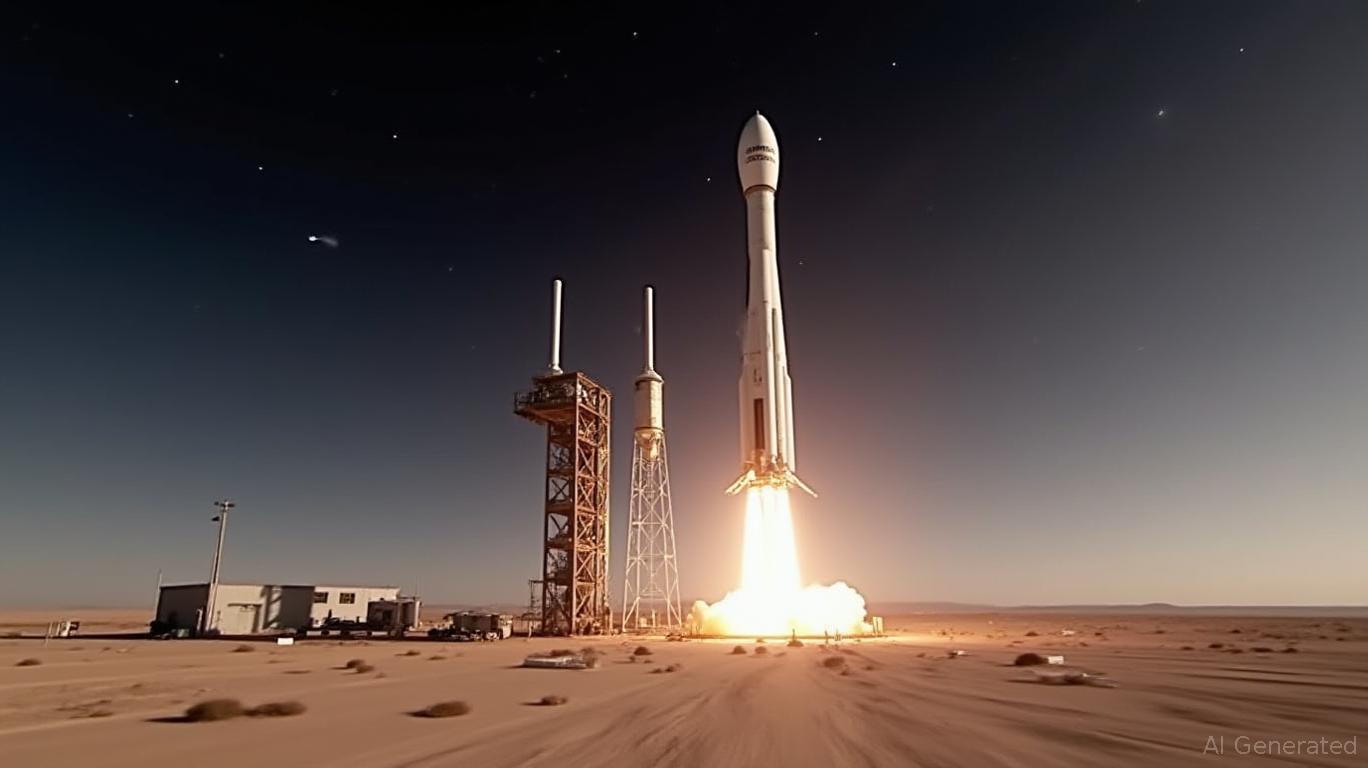Amazon Launches Second Batch of Kuiper Satellites with ULA
Amazon has successfully launched its second batch of Kuiper internet satellites using the Atlas V rocket provided by United Launch Alliance (ULA). The launch took place at 6:54:30 a.m. EDT from Space Launch Complex 41 at the Kennedy Space Center in Cape Canaveral, Florida. This mission is part of Amazon's ambitious Project Kuiper, which aims to establish a constellation of over 3,200 low-Earth orbit (LEO) satellites to deliver fast and reliable internet access to customers globally, including those in underserved communities.
Today’s launch is the second of 46 planned recurring missions for Project Kuiper.
has partnered with ULA to launch the majority of the Kuiper constellation using eight Atlas V and 38 Vulcan rockets. This agreement is noted as the largest commercial launch services agreement in history. The project aims to serve a wide range of customers, from individual households to schools, hospitals, businesses, government agencies, and other organizations that operate in areas with unreliable connectivity.The launch had been rescheduled twice due to inclement weather and a problem with the rocket booster. Amazon has already booked over 80 launches with several providers, including SpaceX, Jeff Bezos’ Blue Origin, and European launch provider Arianespace, to deliver Kuiper satellites into orbit. Project Kuiper was unveiled six years ago with the goal of competing directly with Starlink, Elon Musk’s project, which currently dominates the market with 8,000 satellites in orbit. Starlink has already launched 55 missions this year alone.
In April, Amazon sent 27 Kuiper internet satellites into LEO, a region of space within 1,200 miles of Earth’s surface. The project has deployed 54 crafts in orbit in a planned constellation of 3,236 satellites. Amazon must meet the Federal Communications Commission deadline to launch half of its total constellation, i.e., 1,618 satellites, by July 2026.
Amazon is expected to publicly announce its initial contact with all satellites from its mission operation center in Redmond, Washington, today or later. The company revealed that it may begin delivering customer service later this year if all goes well. Amazon revealed in a 2020 FCC filing that it could begin service in the northern and some parts of the southern region at 578 satellites, with coverage expanding towards the Earth’s equator.
Tory Bruno, ULA CEO, said that the company could launch up to five more Kuiper missions this year. The first two Kuiper satellite prototypes were launched in 2023, gaining experience in the creation of serial units that form the system’s backbone. The prototypes were covered in a dielectric mirror film that scatters reflected sunlight, making them less visible to astronomers who are opposed to the rapidly growing constellations of low Earth orbit, citing that they interfere with observation.
This launch marks a significant step forward in Amazon's efforts to provide global broadband connectivity through LEO satellites. The partnership with ULA and the use of advanced rocket technology demonstrate Amazon's commitment to delivering reliable internet access to underserved communities worldwide. The success of this mission will pave the way for future launches and the expansion of the Kuiper constellation, positioning Amazon as a major player in the satellite internet market.


Comments
No comments yet